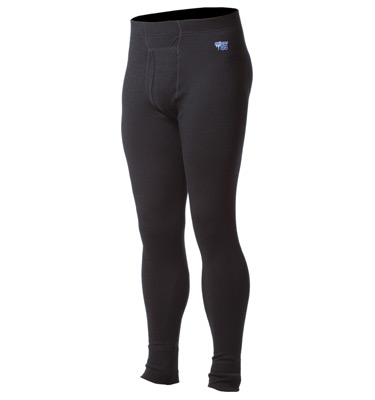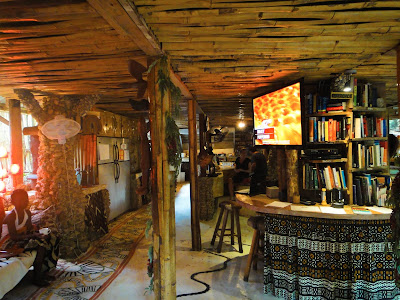You can go aurora hunting either by renting a car and driving yourself, or you can go with an organized tour. On our first night, we went with a tour (Arctic Explorers, who was great) so we could learn tips from our guide in terms of where to go and to prepare us for subsequent nights on our own. On the night of the tour, it was snowing heavily in Tromsø, but luckily, our guide said there'd be clear skies in Skogsfjord (on Ringvassøya), a 2+ hour drive from Tromsø. He drove us through the blizzard, and when we arrived, lo and behold, there was perfectly clear sky. There was a fantastic spurt of aurora activity as soon as we arrived and we watched lovely bands of light dancing over the fjords for hours.
How to find clear skies
For the subsequent nights, we drove out on our own, and finding clear skies was painstaking. Here are some DIY tips to increase your chances of finding clear skies from our experience:
- On the afternoon of your aurora hunt, check Norway's most reliable weather forecast: yr.no.
- Expand the map to full-screen to view the clouds & precipitation forecast.
- Zoom in to the Tromsø region (or whichever town you are near).
- Move the hour toggle to the evening hours (~9pm and after) and see which region/town has the LEAST clouds, and make note of which hour(s) the sky is clearest there.
- If Tromsø is forecasted to be clear, that's perfect -- no need to drive very far. You can just go to a fjord nearby, or somewhere away from city lights, and the sky will hopefully be clear. Note: Locals advised us to drive inland towards Finland (east of Lyngen Alps) for better weather if Tromsø is cloudy. We tried this one night but the weather was still bad.
- After you determine the location with clear skies you want to go to, cross reference that location by typing in the name of the town in yr.no to check if it is indeed clear during those hours using the hour-by-hour forecast. Refer to a detailed map (can be picked up from the Tromsø tourist office) to find the name of a specific town (Google maps isn't very thorough for small Norwegian towns).
- Plan to drive in the direction of that clearest location and plan to arrive earlier before the clearest hour. This is so you have time to prepare your camera if you plan to take photos.
- As you drive towards your location, look outside often to see how the sky is progressing. If you begin to see more clear sky, think about if you prefer to stop soon, or if you want to continue driving.
Sometimes this can be a gamble, because weather forecasts aren't always accurate. If you drive through a patch of clear sky but have not yet arrived at your "final" destination, it may be wise to just stop there because there may be no guarantee that the sky will still be clear further on. This is why I advise to just drive in the direction towards your destination, because you may decide not to actually arrive at that destination if you find clear sky before then.
This is exactly what happened on our last night in Tromsø. Before we started our aurora hunt that evening, we saw on yr.no that there would be clear skies on the west side of Ringvassøya. But on the way there, we found a clear patch of sky with a nice fjord backdrop and decided to stop. Thankfully we did, because shortly after, an amazing aurora display began and lasted several hours. We were even able to make a timelapse and real-time video of the activity that night:
More tips
- Be patient and persistent. Just because you find clear skies doesn't mean there will be auroras. Try again the next night. Time is your most valuable asset -- the more nights you try, the higher your chances of seeing auroras.
- Bring food and snacks to prepare for potential long drives.
- No need to rent a 4 x 4 in Norway -- all rental cars are required to have studded tires, which should suffice for driving in snow.
- Dress warmly!
- Although Norway is more scenic, if your goal is mainly to see northern lights I think Alaska is the better place to do that, especially in March when the weather is driest!














































